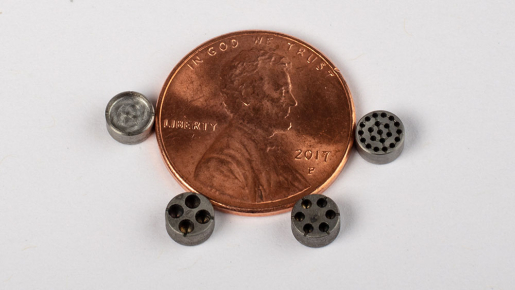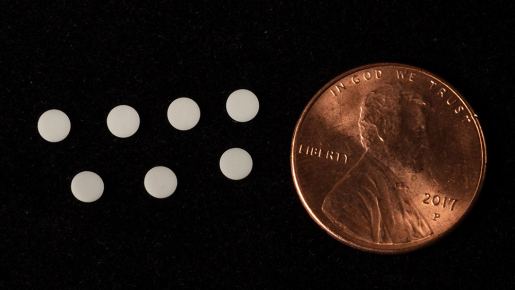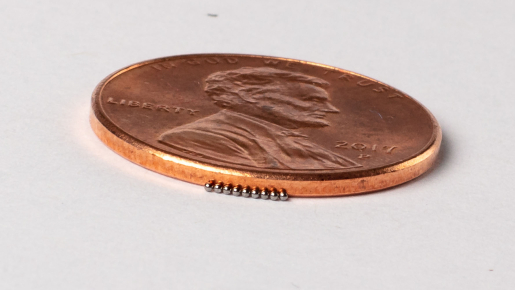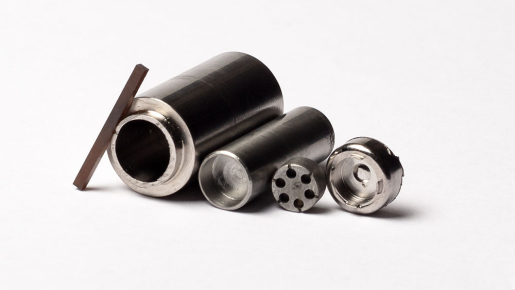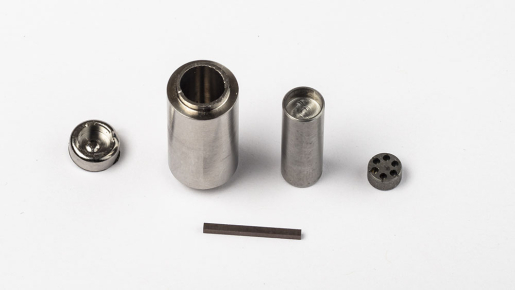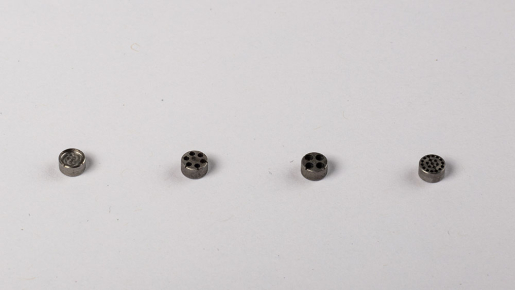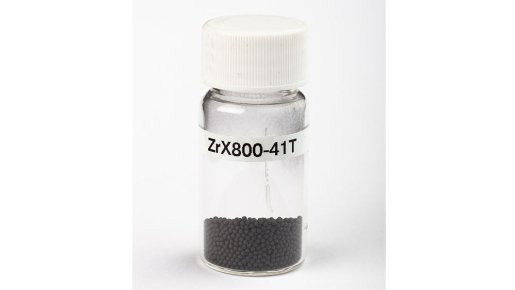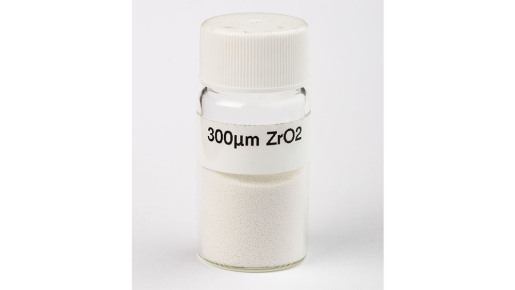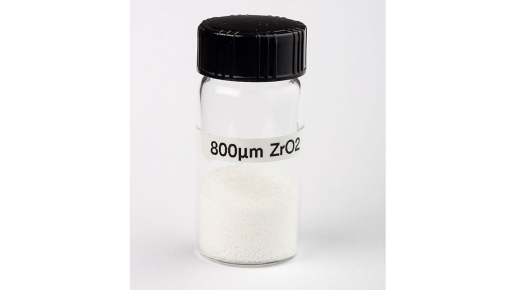Researchers have created new MiniFuel targets that could potentially save time and money when developing nuclear fuels.
August 6, 2019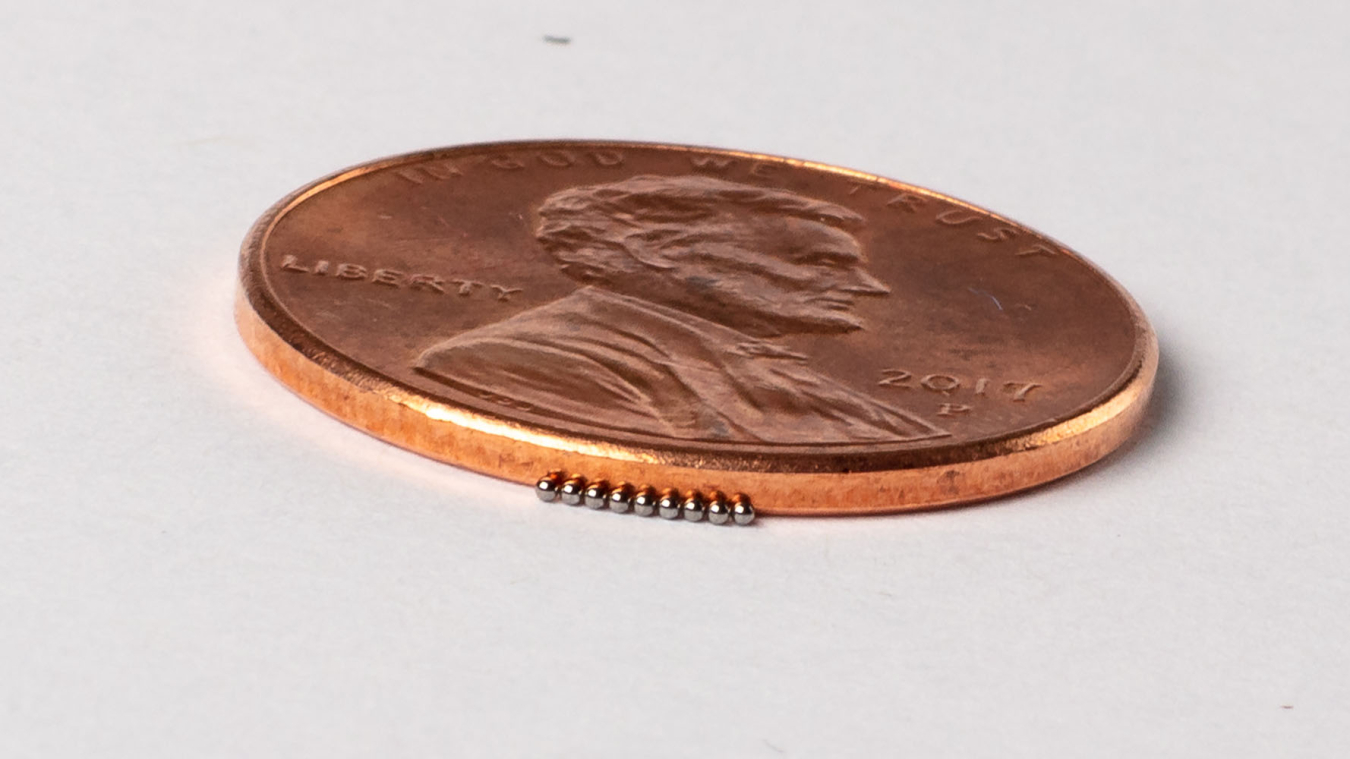
Oak Ridge National Laboratory (ORNL) is proving that good things really do come in small packages.
Researchers recently created new MiniFuel targets that could potentially save time and money when developing nuclear fuels.
This could dramatically accelerate fuel testing and completely change the way we create and qualify nuclear fuels.
Traditional Fuel Testing
Traditional fuel development is a lengthy process that relies heavily on full-scale, complex fuel tests that can take up to 25 years to complete.
These types of fuel tests produce complicated data that can be difficult to understand and use. Researchers have also found that using only integral fuel tests to quantify fuel performance can lead to large uncertainties in the generated data, which ultimately adds significant time and cost to the overall development.
MiniFuel Makes its Mark
ORNL researchers decided to stray from the beaten path by performing accelerated irradiation testing of miniature fuel specimens in its High Flux Isotope Reactor (HFIR).
MiniFuel targets are about as tall as the thickness of penny and roughly 1,000 times smaller than conventional fuel pellets. This reduction in mass allows for higher fission rates and expedited burnup accumulation with minimal temperature gradients.
In other words, this compact experiment design creates a more controlled, stable and flexible testing platform, which in turn delivers more precise performance data.
Engineers are taking that concept and applying it to the fuel qualification process—allowing them to take advantage of HFIR’s high neutron flux to accelerate testing.
Expediting the Testing Process
MiniFuel testing is the launching point for a more comprehensive fuel development and qualification process.
In combination with Idaho National Laboratory’s (INL) Fission Accelerated Steady-state Testing (FAST) approach, fuel qualification timelines could potentially be cut in half.
FAST more closely resembles traditional fuel testing, except its fuel rods have a smaller diameter. This allows them to increase the heating rate and burnup, while still providing a wide-range of performance data.
A traditional test can take up to eight years to accumulate data, but FAST has the potential to deliver equivalent results in less than two years.
The data from both MiniFuel testing and FAST help researchers determine if the fuel is performing as expected before moving forward with a costlier large-scale test.
Engineers drafted this pyramid diagram to outline the phases of experimentation using accelerated fuel development. MiniFuel and FAST are just two stages of a three-level pyramid that will rely heavily on modelling and simulation to link the various experimental results and ultimately predict prototypic fuel performance.
Here’s how it stacks up:
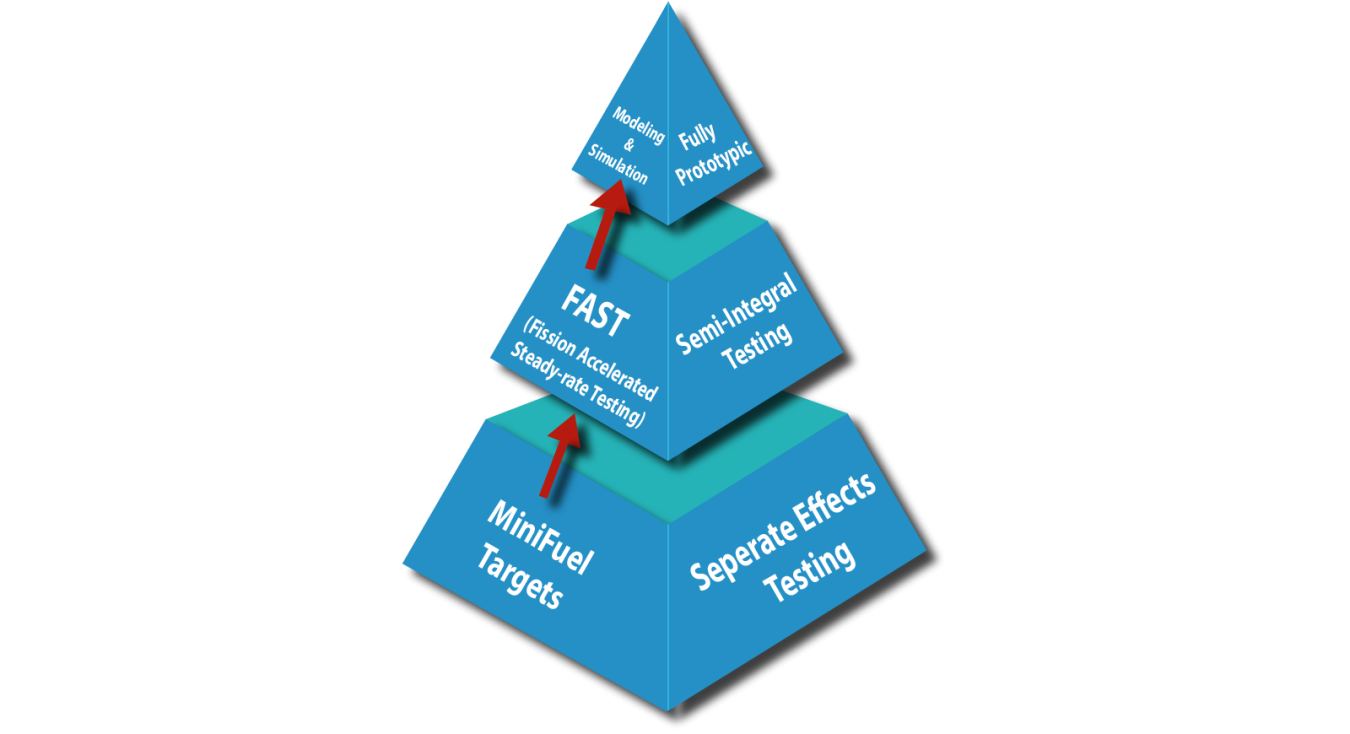
This new expedited method could be applied across fuel development programs and further improve nuclear fuel systems.
What’s Next?
MiniFuel is starting to gain a lot of traction from industry. Several fuel manufacturers are vying for the opportunity to test out its new fuel concepts using MiniFuel testing.
Initial tests are focused on uranium nitride fuels for light-water reactors with plans to expand to coated particle fuels and other accident tolerant fuels in the fall of 2019.
To keep up with all the latest developments in nuclear energy, follow us on Facebook and Twitter.


